Differences between Die Casting and Investment Casting
Author: SAIVS Date Published: May 16,2023

What does Investment Casting mean?
Investment casting is also called lost wax casting or dewaxed casting. Making parts by investment casting is usually a more time-consuming process, that is, making the original wax shape of the parts, and then repeatedly penetrating into the liquid porcelain. The porcelain hardens, the wax dissolves, leaving behind ceramic moulds. The molten metal is then poured into the porcelain chamber. Once the ceramic mold has congealed, it is broken and removed, leaving the metal casting behind. The wax mold can be used for many times, but the ceramic mold will be broken and lost in the production process of each part.

Advantages of investment casting technology:
1. Forging of light metal and nonferrous metal materials
2. Smooth surface treatment reduces machining and finishing
3. Thin wall parts can produce complex
4. High precision can directly produce goods with accurate specifications without post-processing
Disadvantages of investment casting: investment casting has high price and cost, and long delivery time
investment casting process is widely used: investment casting has high practicability, and is suitable for ordinary black and rare metals. Therefore, it is used to manufacture many high-precision and high-precision components, such as aircraft systems, engines and emission systems, agricultural machinery equipment, hand tools, building hardware, toilets, Industrial Parts and medical equipment.
Die Casting is to force hot red liquid metal into the mold, and the die casting process includes extreme pressure. In this case, the steel mold established by "mold" is only to shape the specific product being manufactured. Once the liquid metal is poured into the mold, it will condense and then be taken out of the mold. As the gate material of liquid metal maintenance source, once the liquid metal is cooled, it will be removed and the goods will be completed.
Die casting advantages: high productivity and good economic benefits
Disadvantages of die casting:
1. Heat treatment is not allowed, and castings are easy to produce air holes
2. Die casting is difficult for complex concave castings.
3. High melting point alloys (such as copper), light metals with short die casting life)
4. Due to the high cost of raw materials, it is not suitable for small batch production.
Die casting is widely used to produce small and thin metal parts. These components are used in many industrial and commercial products, such as vehicles and communication products.
Why Choose SAIVS™ as Your Supplier?
1.Superb Quality Control Management
At SAIVS, we take pride in our perfect quality management systems and procedures, which guarantees the excellent performance of all our producs, being a professional Investment Casting | Die Casting| Sand Castingmanufacturer in China.
2.Rich Production Experience
With 20 years of experience in production, SAIVS has a deep understanding of the market and trends, and strives for continuous research and innovation. This has created advantages in both the product's performance and appearance.
3.Competitive Prices
As a Chinese factory committed to becoming the most cost-effective Investment Casting | Die Casting| Sand Castingexporter in China, SAIVS provides high-quality products at advantageous prices. By lowering costs and increasing efficiency, we ensure that our customers receive the best possible value for their investment.
4.Perfect After-sales Service
At SAIVS, we strive to provide superior customer service that meets and exceeds expectations. We are always available for any questions or concerns you may have, and we stand by our commitment to providing excellent after-sales support.
Related Posts
-
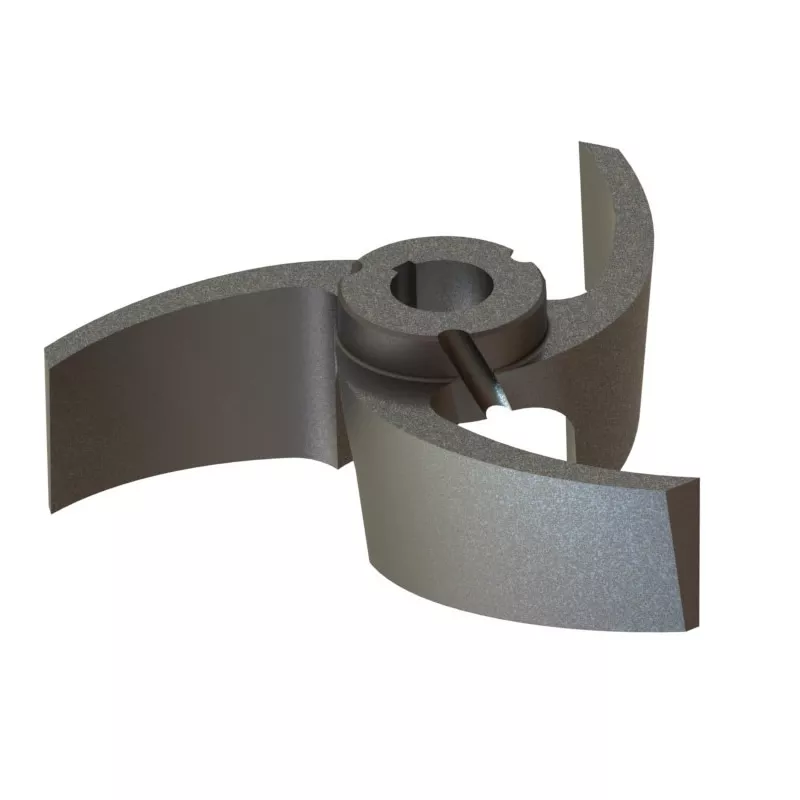
Brief Talk about Common Defects in Castings and Causes
Pore defects in castingsWhen a molten metal solidifies, there is no time for gas to escape and form round holes in the metal surface or interior. There are thre...
-
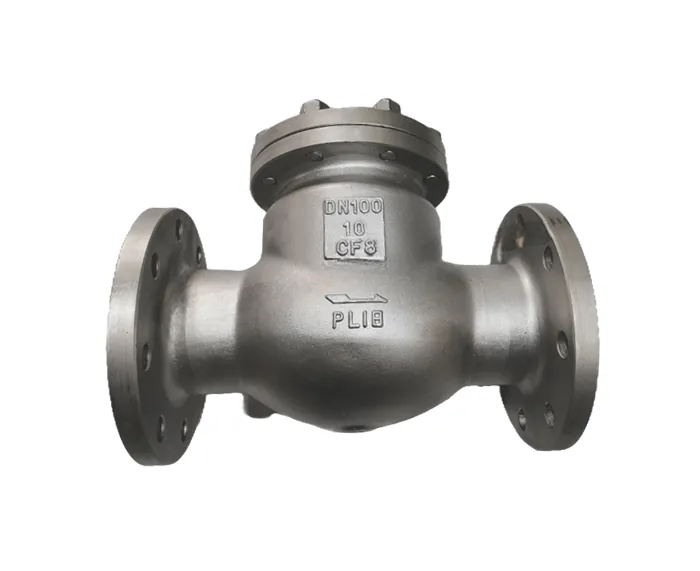
Unleashing the Power of Precision: CF8 Investment Casting for Superior Valve Bodies
Dive into the world of investment casting. Explore crafting valve bodies with CF8 stainless steel, known for its corrosion resistance.
-
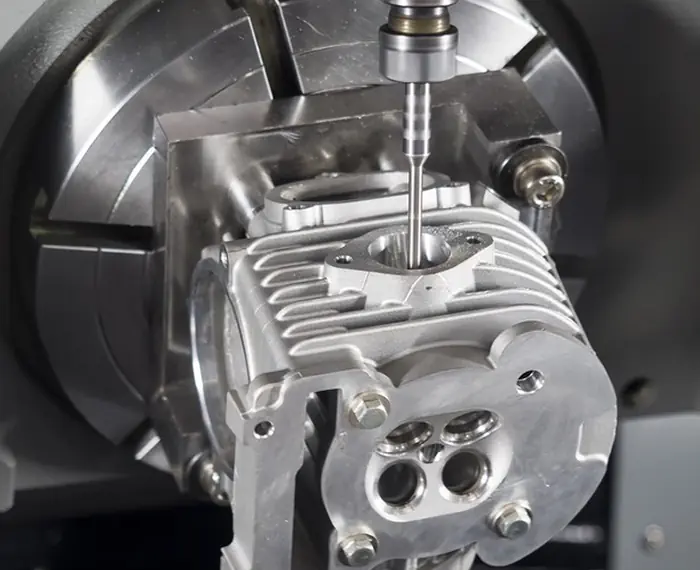
Enhancing CNC Machining with Wavelet Analysis for Accurate Overcut Detection
In the realm of CNC machining, precision and efficiency are paramount, especially in complex applications like mold manufacturing.However, challenges such
-
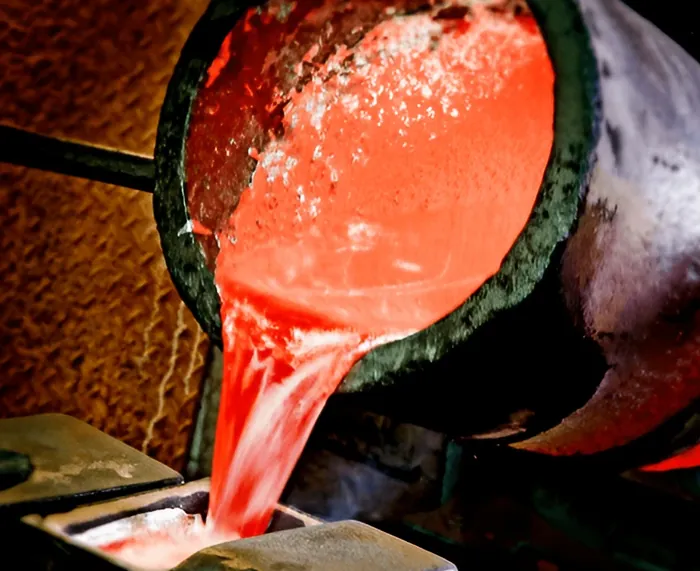
Conquering Casting Shrinkage: A Guide to Flawless Metal Parts
This article explores types of shrinkage, and solidification, and how to control them for high-quality castings.
-
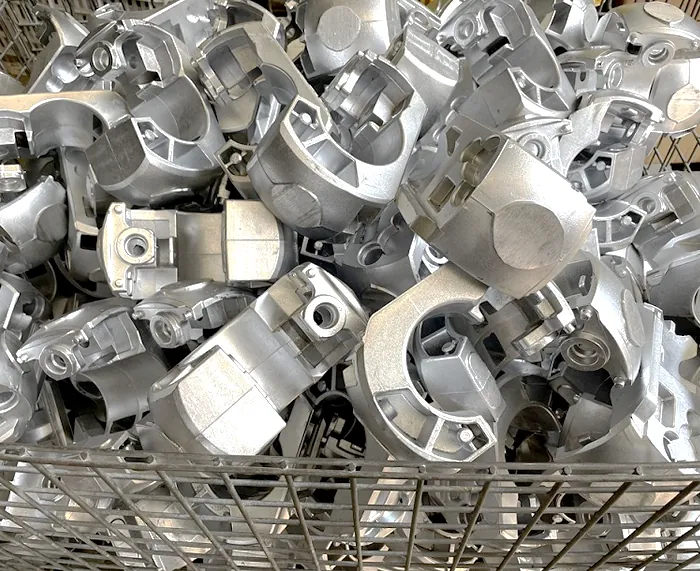
The Key to Quality: Understanding Die Design for Aluminum Alloy Die Casting
This article merges the key aspects of aluminum alloy die casting quality from two sources to provide a comprehensive overview.
-
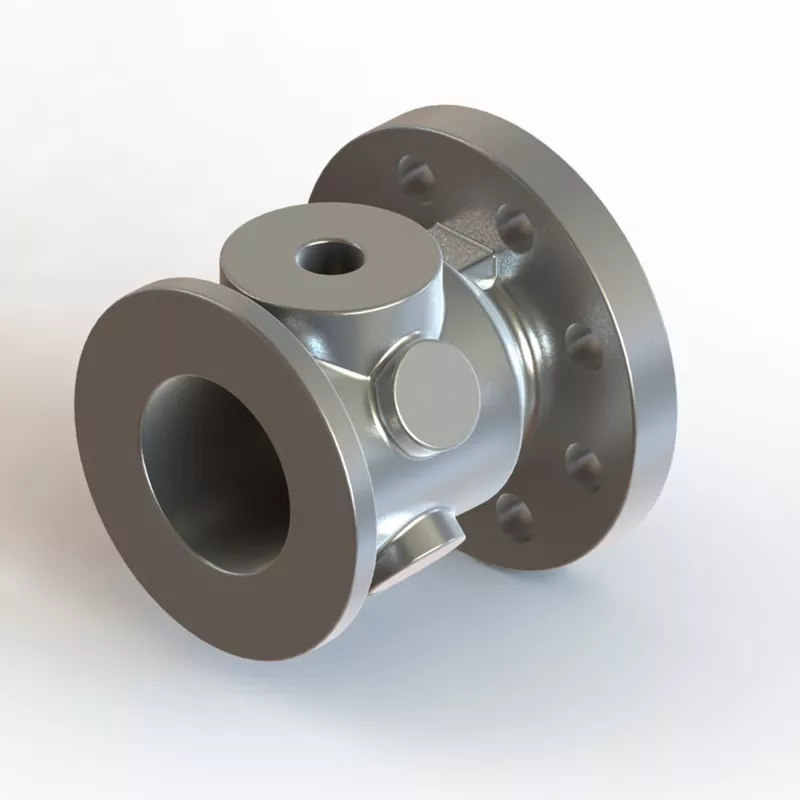
Problems in quality control of aluminum die castings
China's die-casting industry has continuously developed and applied new technologies and materials, which can also be seen everywhere in life. The character...

